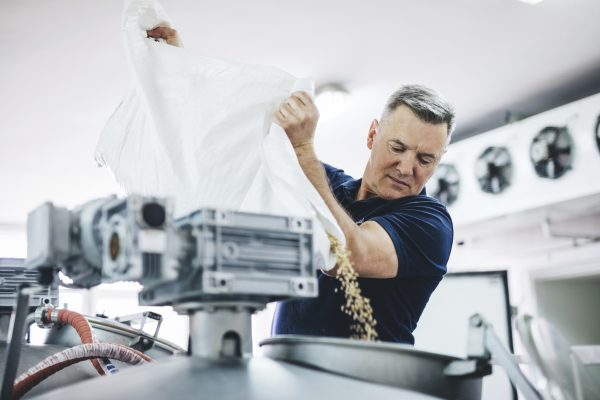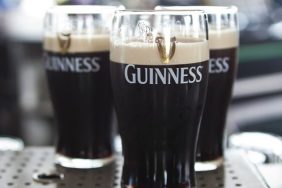No matter where you live in the world, from Bangor to Bangladesh, clean drinking water is extremely important. There are few natural resources that have a greater impact on the health and overall life of people. To put it bluntly, we need clean drinking water to survive. It keeps us hydrated, facilitates the removal of waste, and even helps to lubricate our joints. But we can’t get any of these positives if our water is dirty. That’s a problem a Montana town had. What they did about it should make every beer fan happy.
A few years ago, Havre, Montana, was set to pay $1 million to upgrade its wastewater treatment plant because the water was full of harmful levels of phosphorus and nitrogen, resulting in blue algae blooms in nearby lakes, ponds, and rivers. Some algae blooms can be harmful to humans and animals, producing nerve and liver toxins. For a small town, $1 million is a lot of taxpayer money for something the town believed it could fix on its own. That’s when wastewater superintendent Drue Newfield turned to Michael Garrity, the owner of Triple Dog Brewing, about using the leftover grains from the brewing process to regulate the phosphorus and nitrogen levels in the water.
It took the pair more than two years to figure out how to use the extra grain, but it worked. The addition of spent grain lowered the harmful levels. Every day, 16 gallons of barley slurry from Triple Dog and a few other breweries are added to the water. It’s worked out so well that other towns have decided to use the method, too. Beer fans should be pleased because the more spent grain they use to normalize the PH balance, the more beer needs to be made.
Photo: Cavan Images (Getty Images)
Natty Light wants to do what no politician can: Remove Your Student Loan Debt
Brews News: Busch Family Gets Own TV Show (No, Not That Busch)
Follow Mandatory on Facebook, Twitter, and Instagram.
Food LISTICLES February 2020
-
Brews News: Busch Family Gets Own TV Show (No, Not That Busch)

Get more food and drink news here.
Photo: MTV
-
Nostalgia Alert: Dunkaroos Are Back to Give You the Cavities You Haven’t Had Since You Were 12
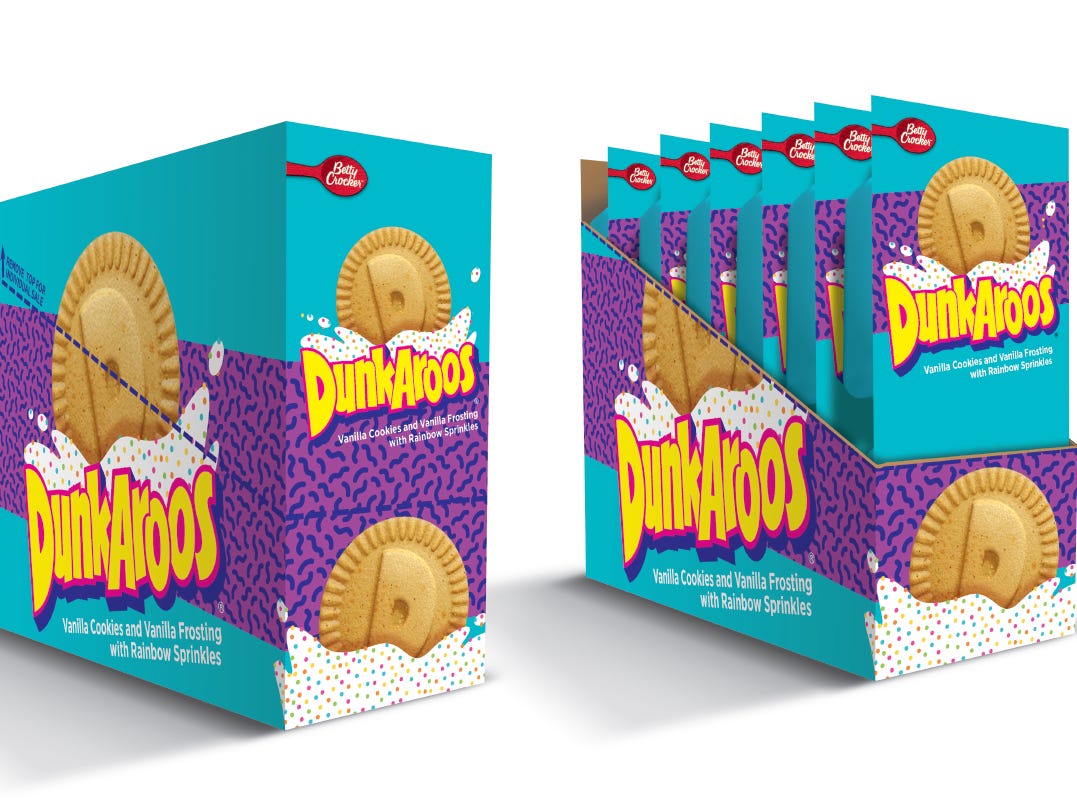
Get more food and drink news here.
Photo: General Mills
-
Man Pulls Gun, Throws White Claw on Craft Beer Lovers (Sinner or Saint?)
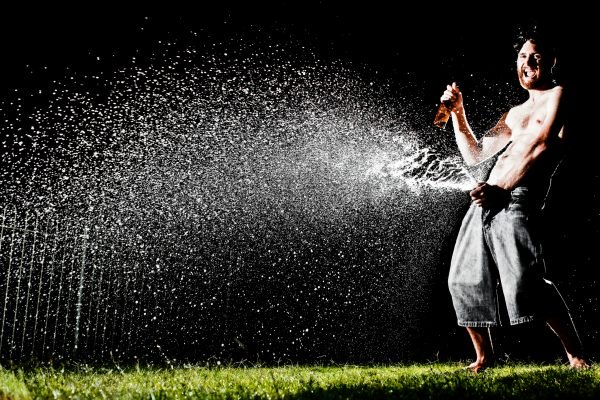
Get more food and drink news here.
Photo: Casarsa (Getty Images)
-
India Apartment Pipes Flow With Booze Instead of Water, Modern Day Parable Comes True
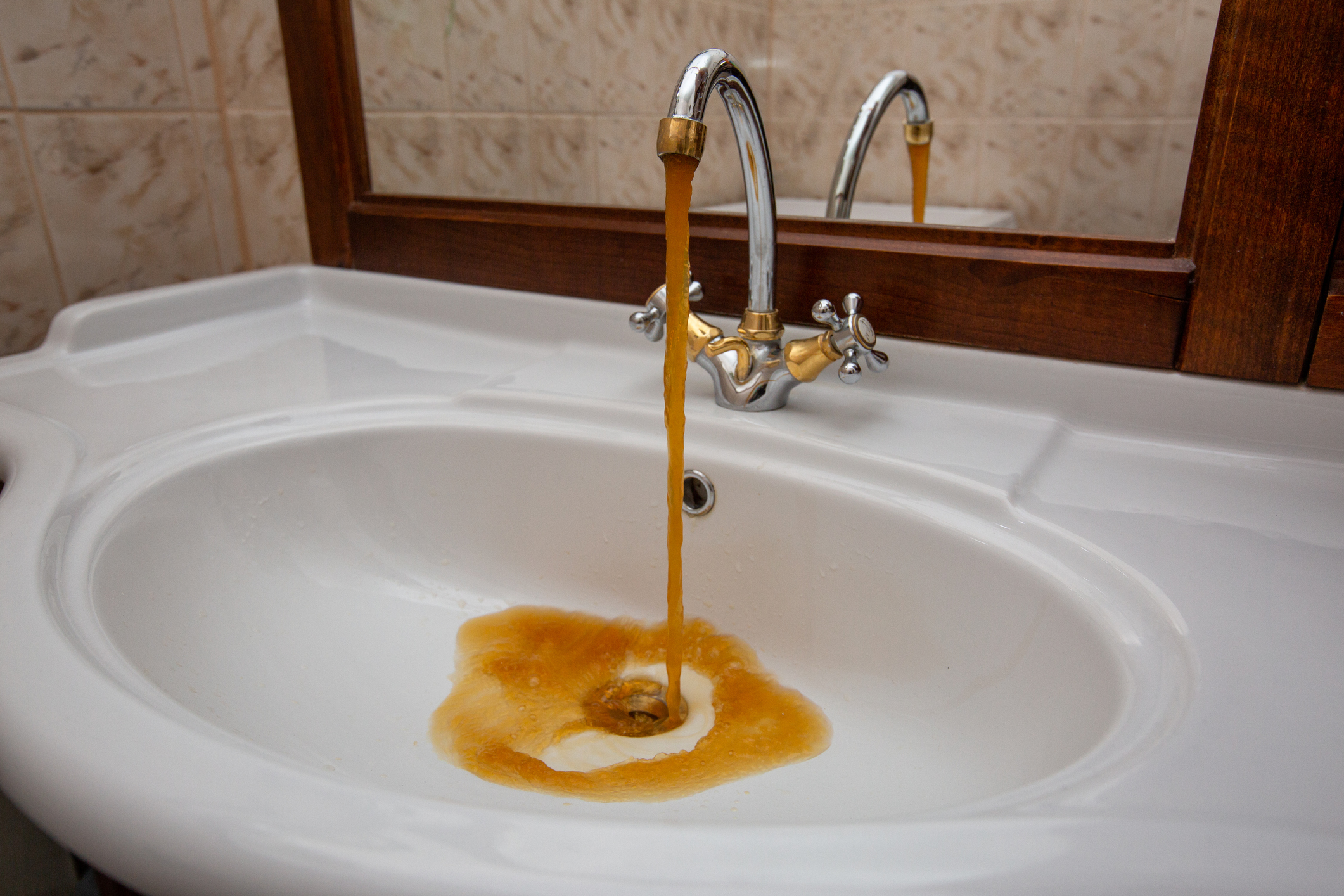
Get more food and drink news here.
Photo: NataliaSokko (Getty Images)
-
Secret Shopper: Police Arrest Man Thought to Be Hiding in Grocery Store Ceiling Since December

Get more food and drink news here.
Photo: Михаил Руденко (Getty Images)
-
Treat Yourself to This $30K Whisky, You’ve Earned It This Valentine’s Day

Get more food and drink news here.
Photo: urbazon (Getty Images)
-
In New Jenga Jell-O Shot Game, Everyone Is a Winner (Or Is It a Loser?)

Get more food and drink news here.
Photo: Christian Aslund (Getty Images)
-
Man Claims Whiskey Cured Him of Coronavirus, Now Just Needs Cure For Alcoholism

Get more food and drink news here.
Photo: BJI / Blue Jean Images (Getty Images)
-
The NBA Now Has an Official Spirit, But It’s Not Good for Playing Basketball (A Cautionary Tale)

Get more food and drink news here.
Photo: ruslanshramko (Getty Images)
-
People Are Pissed New Jersey Named Itself Pizza Capital of the World (10 US States More Deserving of the Title)

Get more food and drink news here.
Photo: LauriPatterson (Getty Images)
-
Just For Big Kids: Trix and Skittles Combine Fruity Sugar Warfare in New Beer
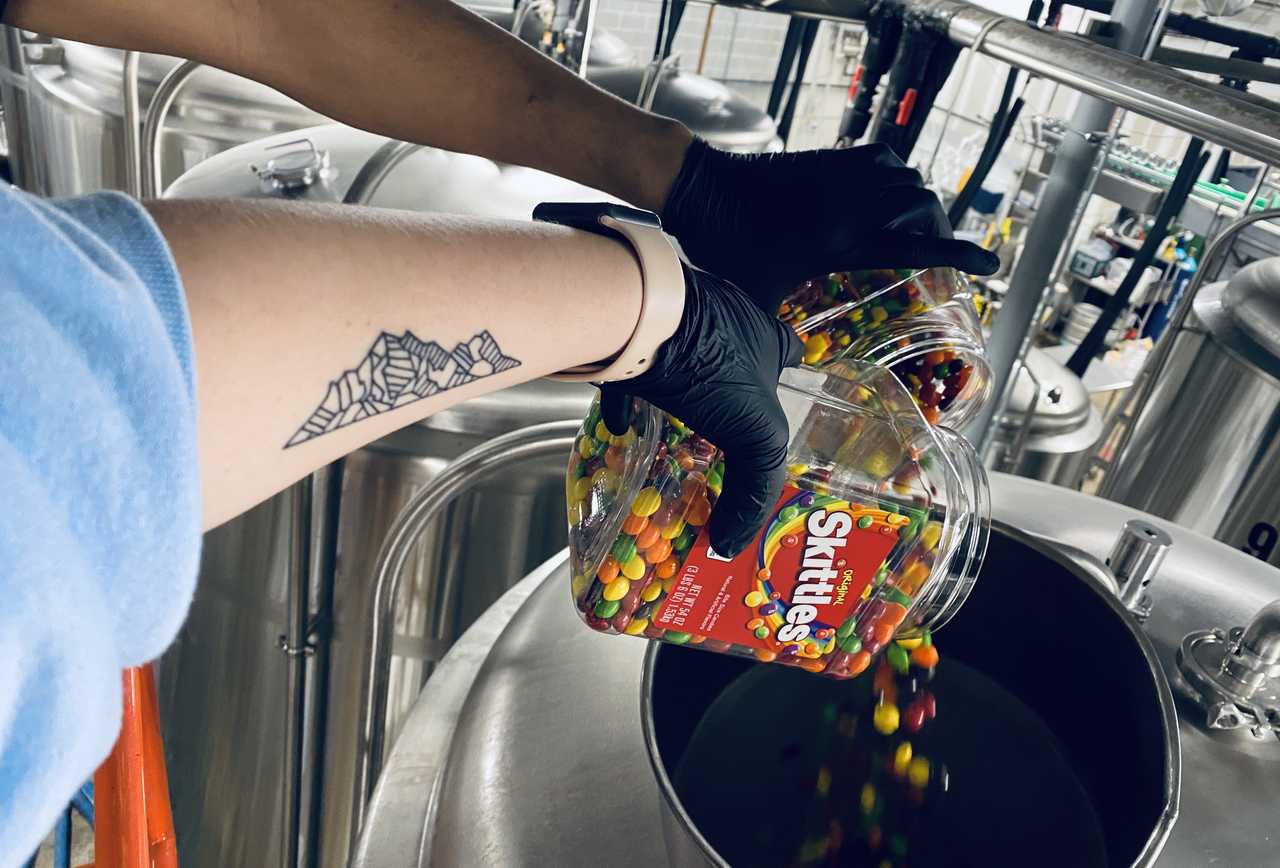
Get more food and drink news here.
Photo: Pontoon Brewing
-
Let’s Kick This Pig! New Bacon Patch Reduces Cravings When You’re Jonesing For a Strip

Get more food and drink news here.
Photo: Strong Roots
